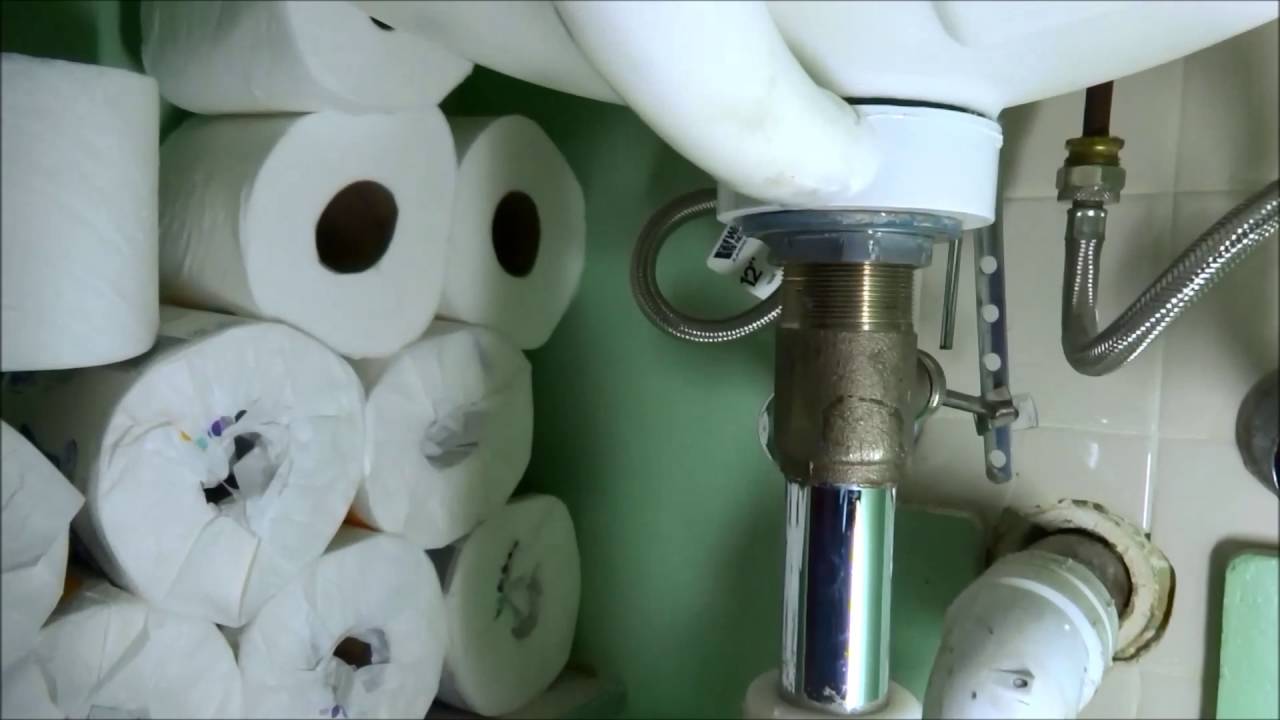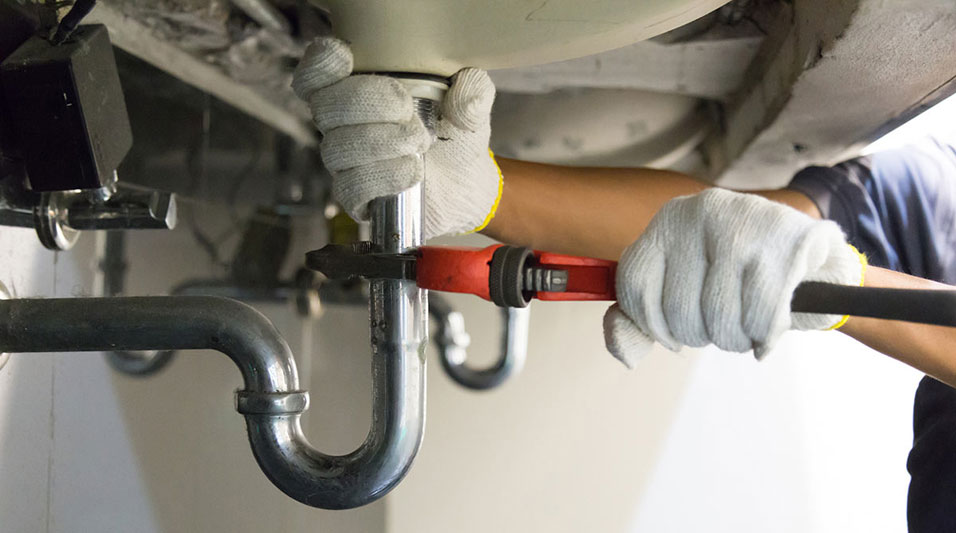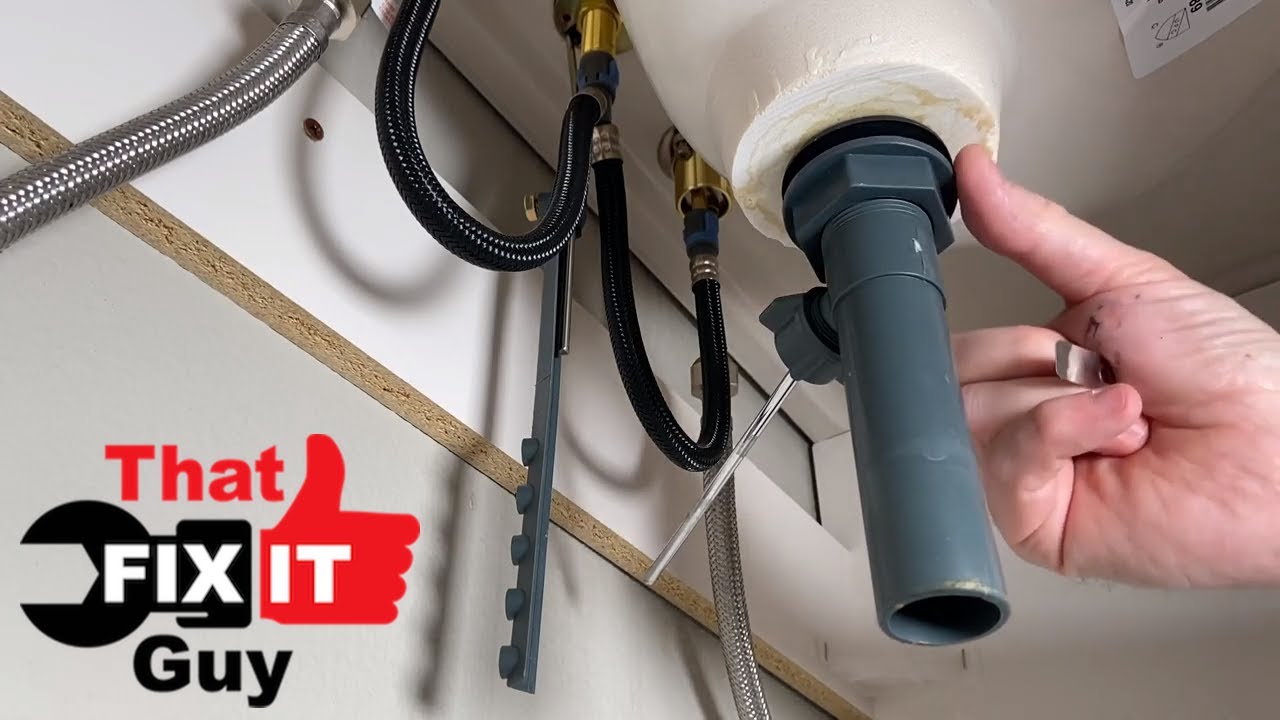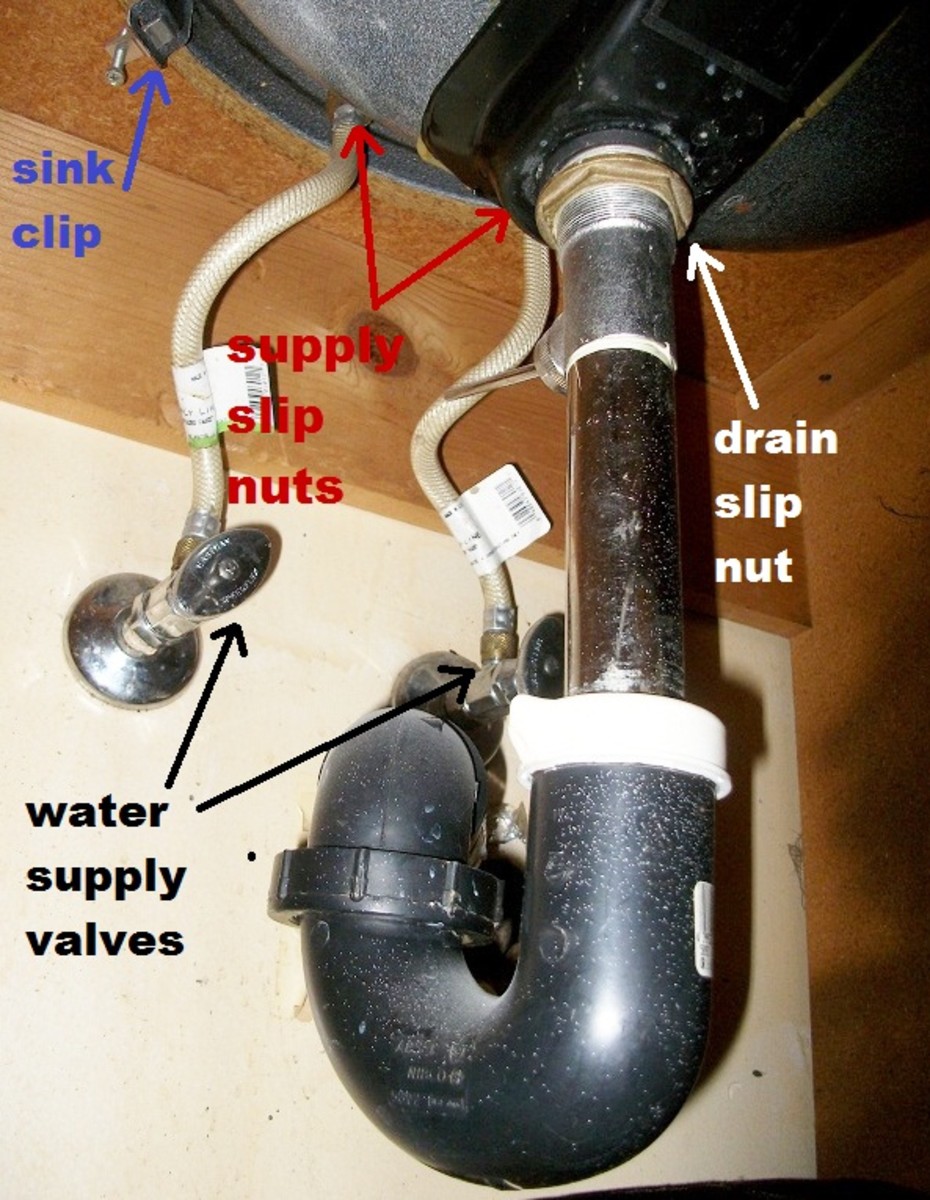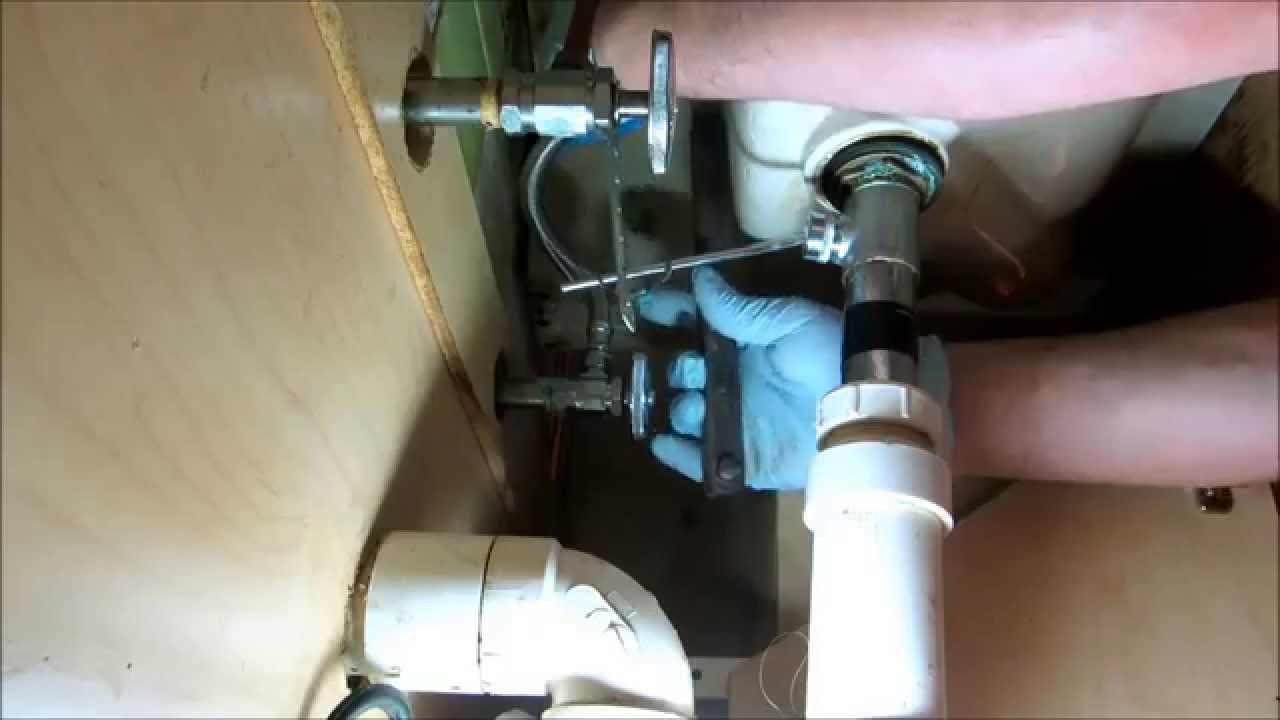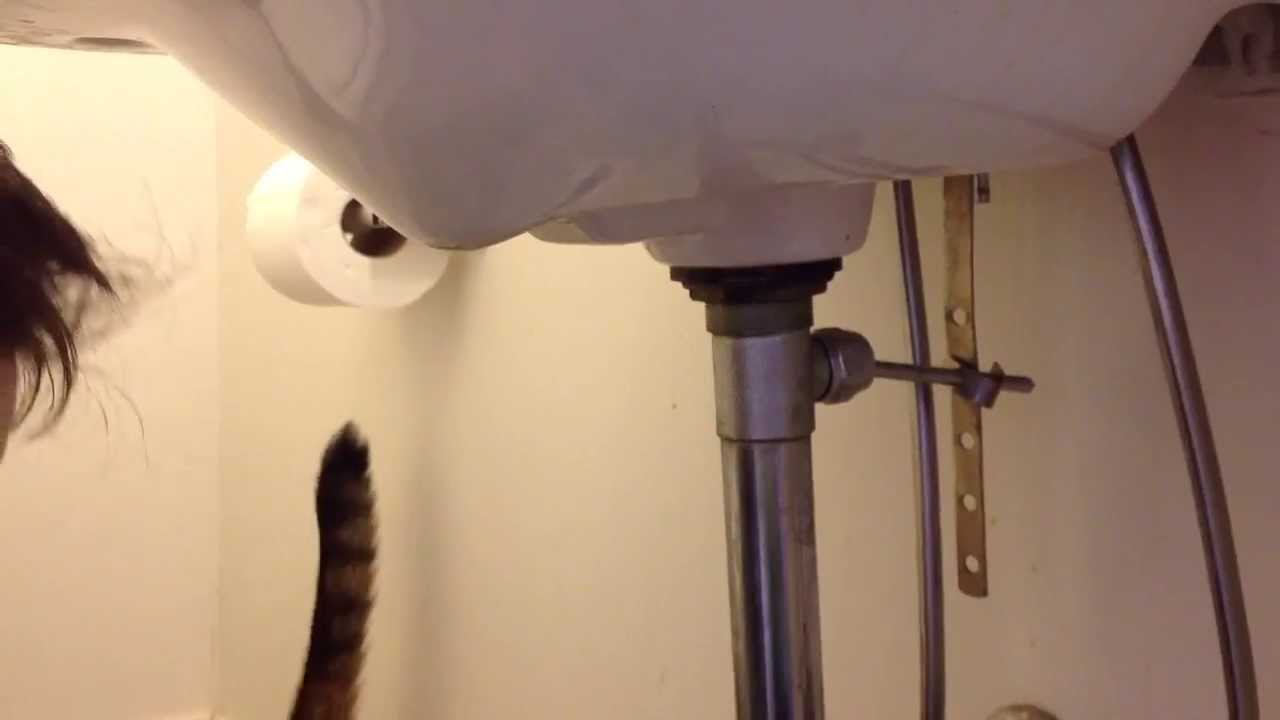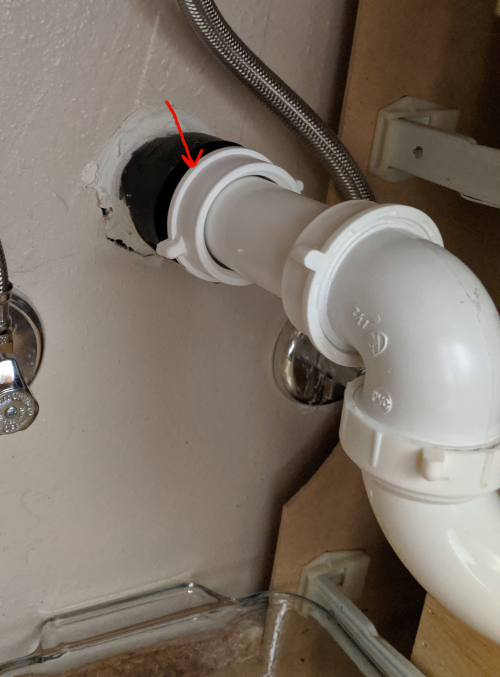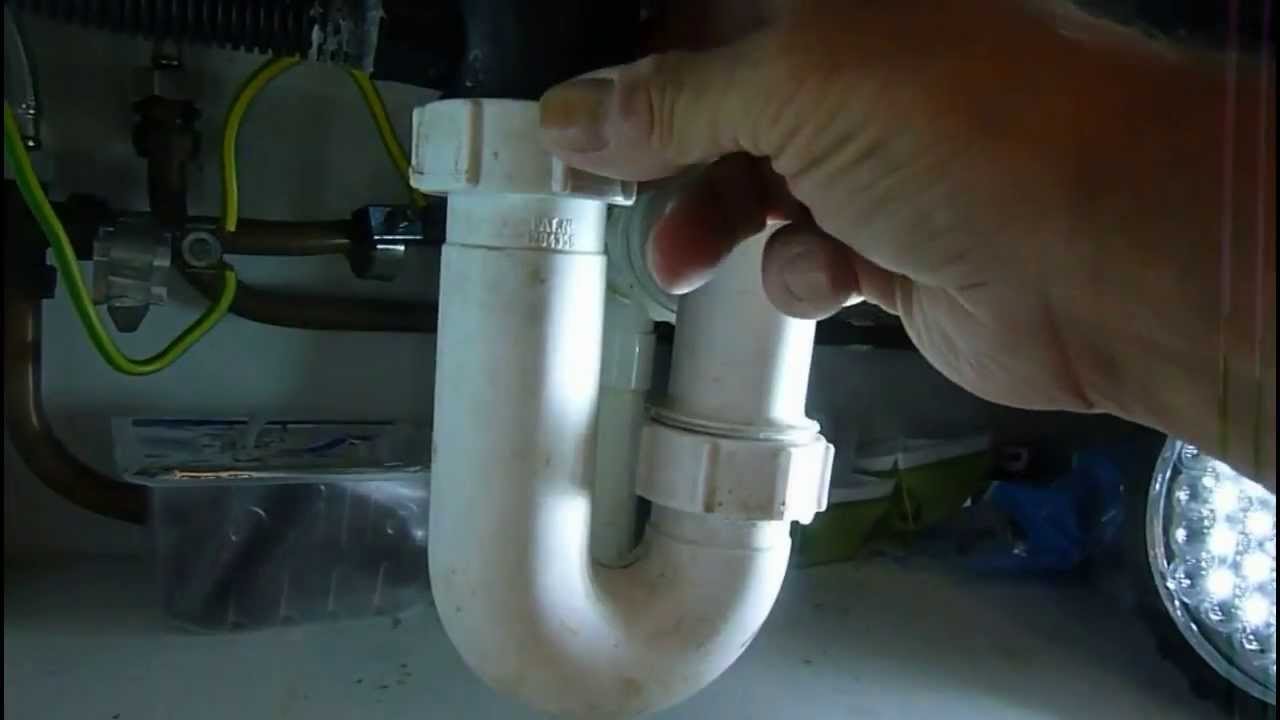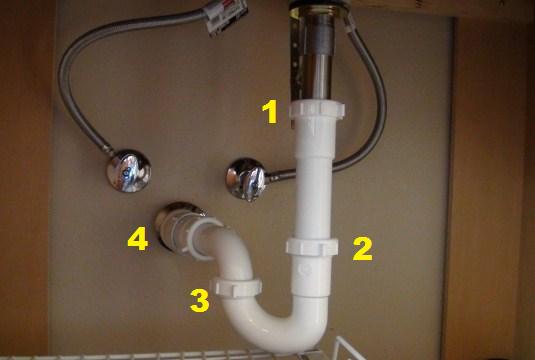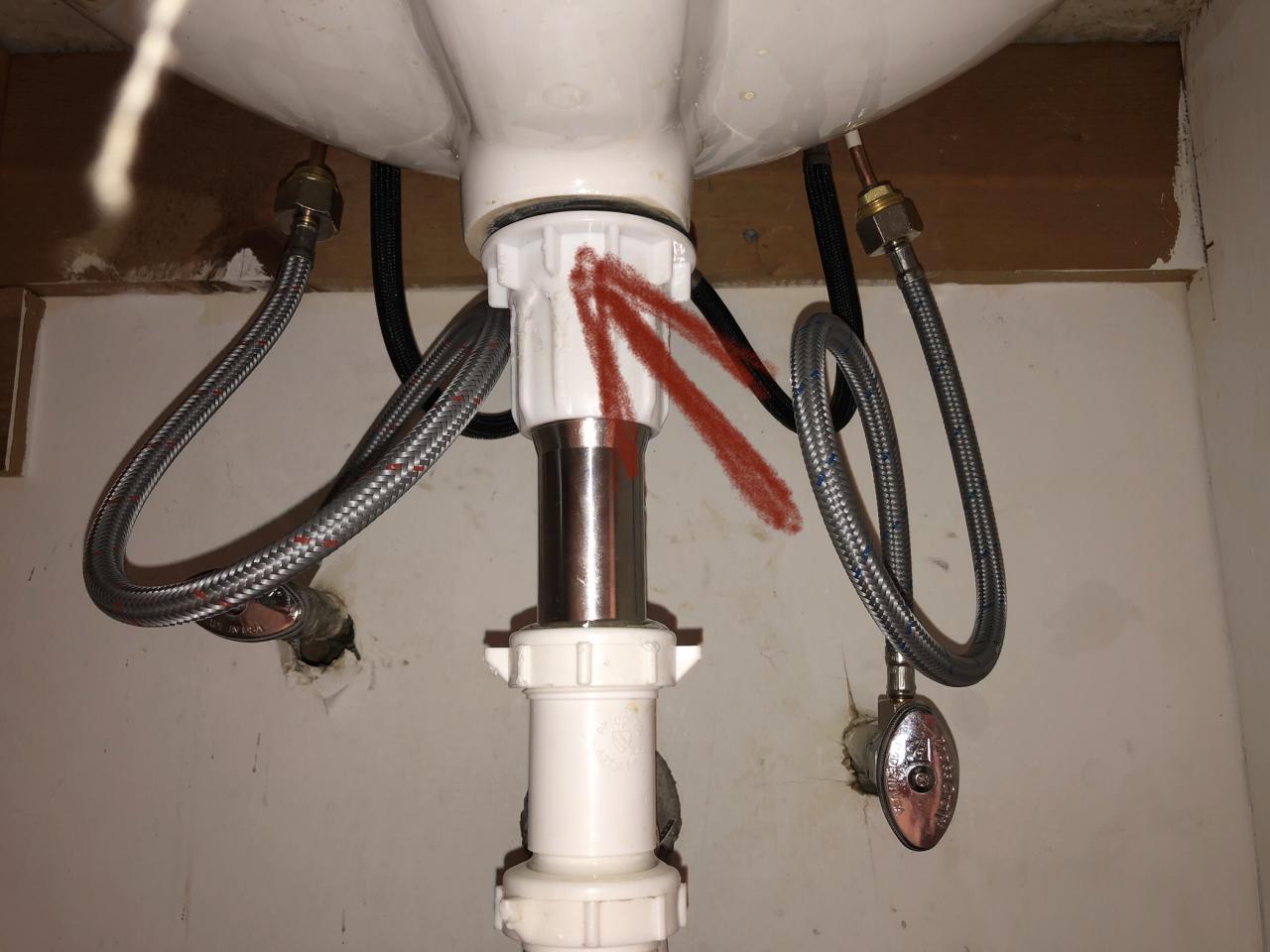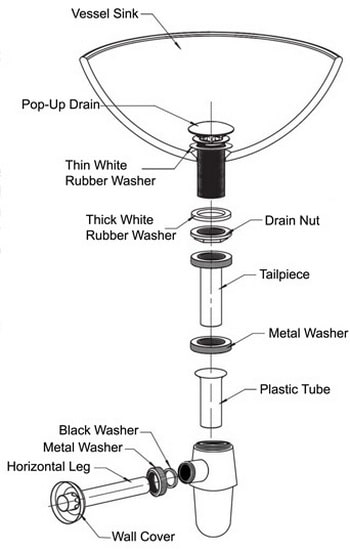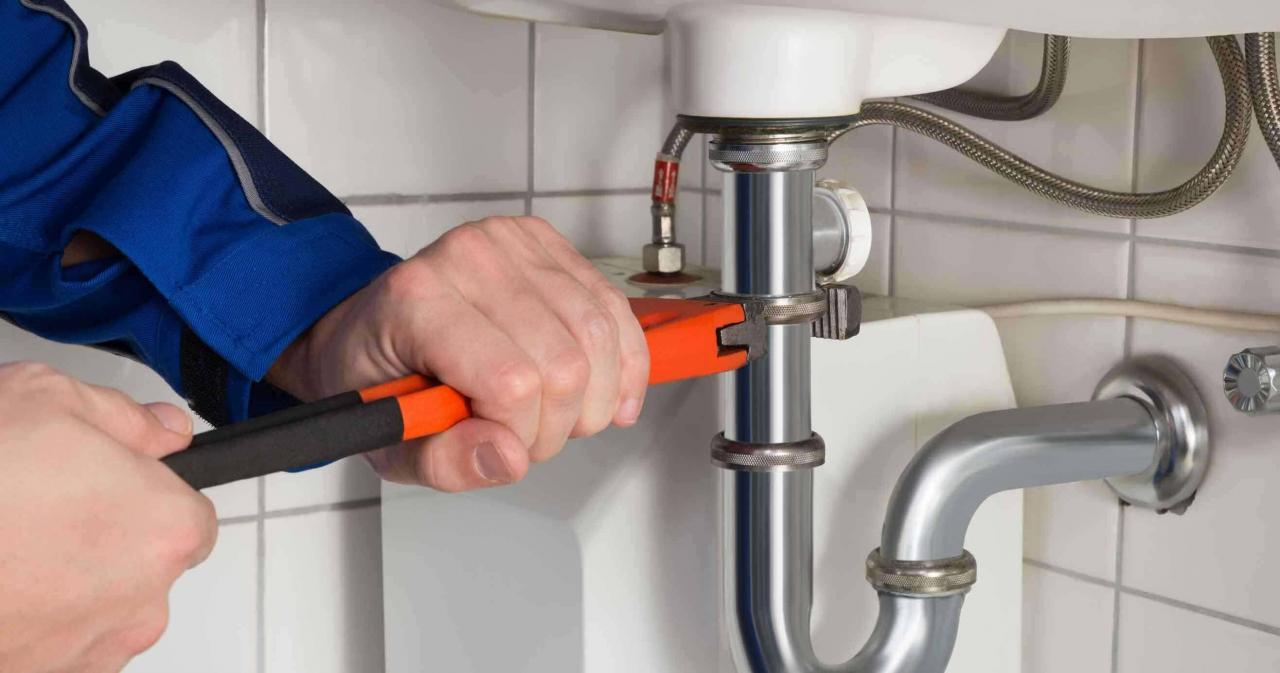Bathroom Sink Drain Leaking Underneath
Common Causes of Bathroom Sink Drain Leaks
There are several common causes for sink drain leaks. It is important to promptly address any bathroom sink drain leaks to prevent further damage to the plumbing system and potential water damage to your home.
- Loose or Damaged Connections: One of the most common causes of bathroom sink drain leaks is loose or damaged connections. Over time, the connections between the drain pipe and the sink itself can become loose, causing water to seep out. Additionally, the connections can become damaged due to wear and tear or improper installation, leading to leaks.
- Worn Out Gaskets or Washers: Another common cause of bathroom sink drain leaks is worn out gaskets or washers. Gaskets and washers are used to create a watertight seal between the different components of the drain assembly. However, with regular use and exposure to water, these components can deteriorate and lose their effectiveness, resulting in leaks.
- Cracked or Broken Drain Pipe: A cracked or broken drain pipe can also cause leaks underneath the bathroom sink. This can occur due to age, corrosion, or physical damage. When the drain pipe is compromised, water can escape through the cracks or breaks, leading to leaks.
- Clogged or Blocked Drain: A clogged or blocked drain can put additional pressure on the plumbing system, causing leaks to occur. When a drain is clogged, water may not be able to flow properly, leading to backups and potential leaks. It is important to regularly clean and maintain drains to prevent blockages and subsequent leaks.
- Improper Installation: Improper installation of the bathroom sink drain can also contribute to leaks. If the drain assembly is not installed correctly, it may not be able to create a watertight seal, resulting in leaks. It is crucial to ensure that the drain is properly installed to prevent any potential leaks.
- Excessive Water Pressure: High water pressure can put strain on the plumbing system, including the bathroom sink drain. Over time, this increased pressure can lead to leaks. If you notice leaks occurring only when the water pressure is high, it may indicate a problem with excessive water pressure in your plumbing system.
- Aging or Deteriorating Plumbing System: As with any plumbing component, the bathroom sink drain is subject to aging and deterioration. Over time, the materials used in the drain assembly can weaken and degrade, increasing the likelihood of leaks. Regular maintenance and inspections can help identify and address any issues before they lead to leaks.
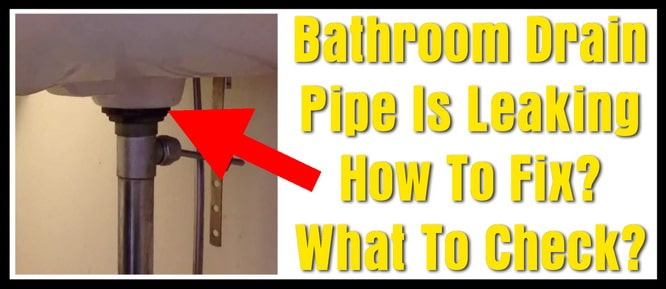
How to Identify and Diagnose a Leaking Bathroom Sink Drain
There are several signs that can indicate a leaking bathroom sink drain. By being aware of these signs, you can promptly identify and diagnose the issue, preventing further damage. Here are some steps to help you identify and diagnose a leaking bathroom sink drain:
Inspect for visible signs of water: Start by examining the area underneath the sink. Look for any water stains, puddles, or wet spots. If you notice any of these signs, it is likely that your bathroom sink drain is leaking.
Check the drain trap: The drain trap is the curved pipe located beneath the sink. Inspect this area for any signs of leaking, such as dripping water or moisture. If you find any leaks, it could indicate a problem with the drain trap.
Examine the connections: Check the connections between the drain pipe and the sink basin. Look for any loose or damaged connections that may be causing the leak. Tighten any loose connections and replace any damaged parts as necessary.
Test the drain with water: Run water in the sink and observe the drain closely. Look for any leaks or drips that may occur while the water is draining. If you notice water escaping from any area other than the drain pipe, it could be an indication of a leak.
Use food coloring: If you suspect a slow leak that is not easily visible, you can conduct a simple test. Add a few drops of food coloring to the water in the sink and wait for a few minutes. If you see colored water in the area underneath the sink, it suggests a leak in the drain.
Check the seals: Inspect the seals around the drain pipe and the sink basin. Over time, these seals can deteriorate or become loose, leading to leaks. Replace any worn-out or damaged seals to prevent further leakage.
Call a professional plumber: If you are unable to identify the source of the leak or if the problem persists, it is advisable to seek the assistance of a professional plumber. They have the expertise and tools to diagnose the issue accurately and provide the necessary repairs.
Steps to Fix a Leaking Bathroom Sink Drain Underneath
If you have noticed that your bathroom sink drain is leaking from underneath, it is important to take immediate action to prevent further damage. Here are the steps you can follow to fix the leaking bathroom sink drain underneath:
- Turn off the water supply: Before you start any repair work, make sure to turn off the water supply to your bathroom sink. You can usually find the shut-off valves underneath the sink or near the main water supply.
- Clear out the area: Remove any items or belongings stored underneath the sink to create a clear working space. This will make it easier to access the drain and identify the source of the leak.
- Identify the cause of the leak: Inspect the drain pipe and fittings underneath the sink to determine the exact location of the leak. Common causes of leaks include loose connections, damaged seals, or cracked pipes.
- Tighten loose connections: If you find any loose connections, use a wrench or pliers to tighten them securely. Ensure that the connections are snug but avoid overtightening, as this can cause damage.
- Replace damaged seals: If the leak is coming from a damaged seal, such as a gasket or washer, it will need to be replaced. Remove the old seal and install a new one of the same size and type. Make sure to apply plumber’s tape or pipe sealant to ensure a watertight seal.
- Repair or replace cracked pipes: If you discover a crack in the drain pipe, it will need to be repaired or replaced. Depending on the severity of the damage, you may be able to fix it with epoxy putty or pipe repair tape. However, if the crack is extensive, it is best to replace the entire section of the pipe.
- Test for leaks: Once you have completed the necessary repairs, turn the water supply back on and check for any leaks. Run water through the sink and inspect the drain carefully to ensure that the leak has been successfully fixed.
LOOSE and LEAKING Plastic Bathroom Sink Drain Repair
How to Fix the Leaky Rim of a Bathroom Vanity Sink – Dengarden
plumbing:bad water leak under bathroom sink
How to fix that leak under the sink
Bathroom Sink Drain Leaking Around Threads u2013 Fixing Guide – iHomePark
leak – How to fix leaking bathroom sink drain where PVC meets ABS
How to fix a leak under your sink.
Trap leaking under bathroom vanity. – DoItYourself.com Community
faucet – I canu0027t stop a tail pipe leak after installing in
Bathroom Sink Drain Pipe Is Leaking – How To Fix – What To Check?
Common Plumbing Problems: How to Repair Leaks HomeServe USA
Related Posts:
- Mini Pedestal Bathroom Sinks
- Bathroom Sink Drain Assembly Instructions
- Japanese Style Bathroom Sink
- Bathroom Sink Storage Ideas
- Bathroom Sink Leak Repair
- Commercial Bathroom Sink Countertop
- Creative Bathroom Sink Ideas
- Kohler Bathroom Sink Drain Parts
- Rustic Bathroom Sink Bowls
- Bathroom Sink Tailpiece Leak
